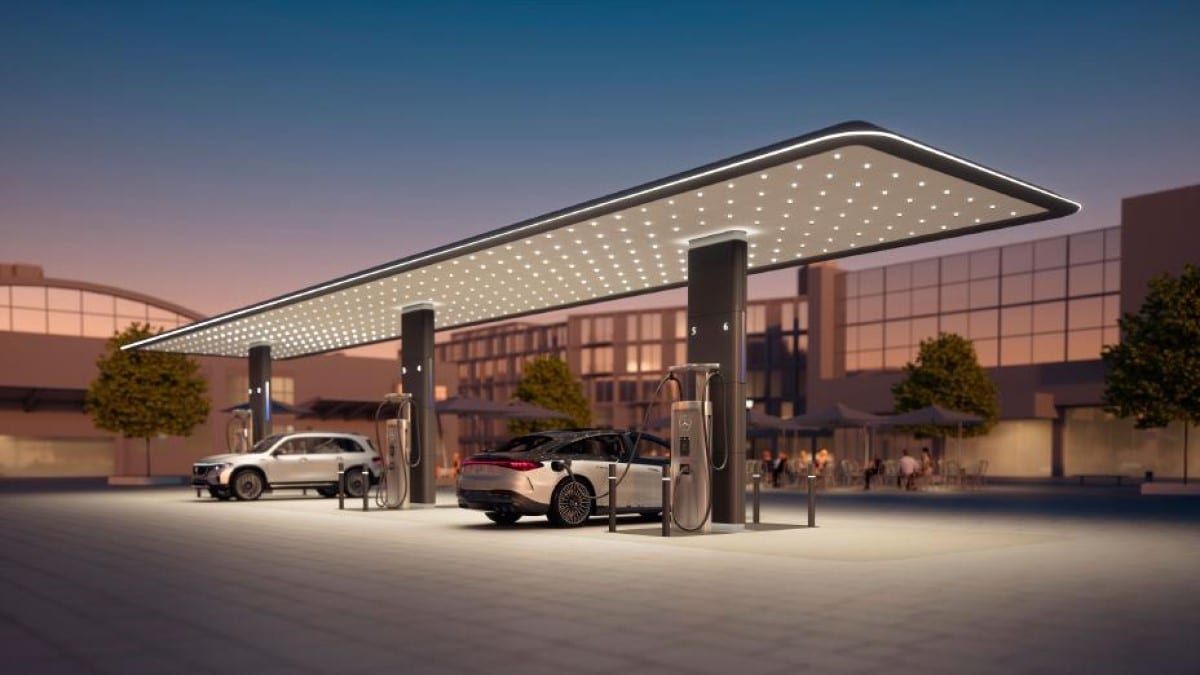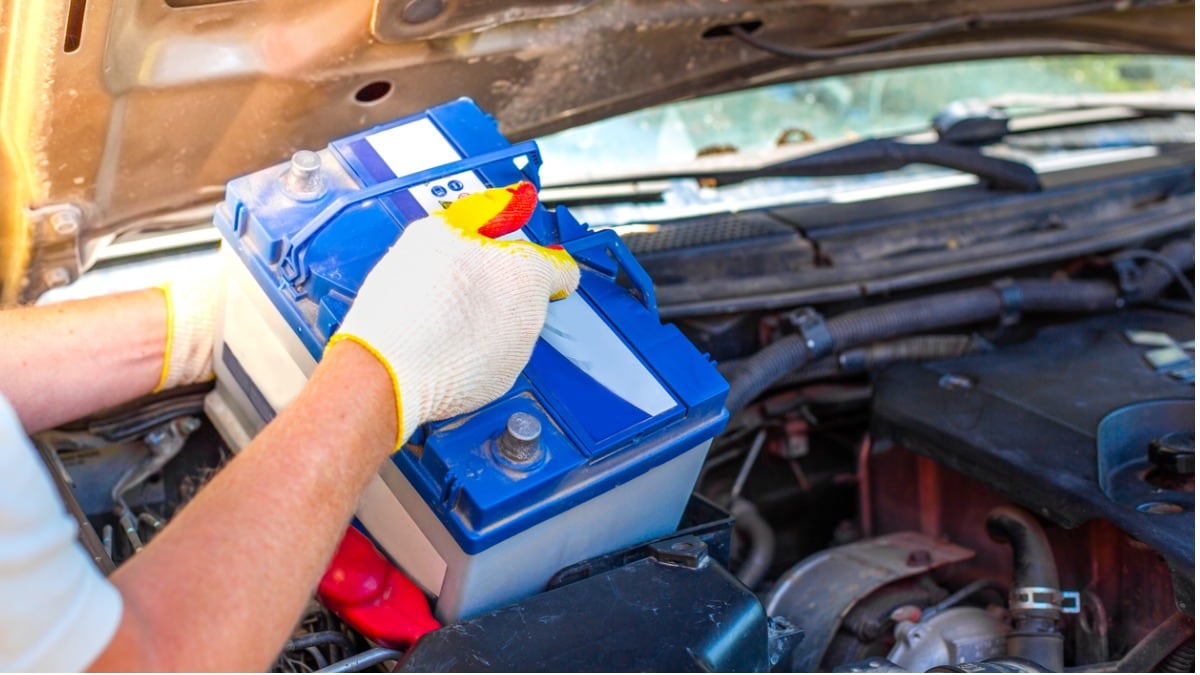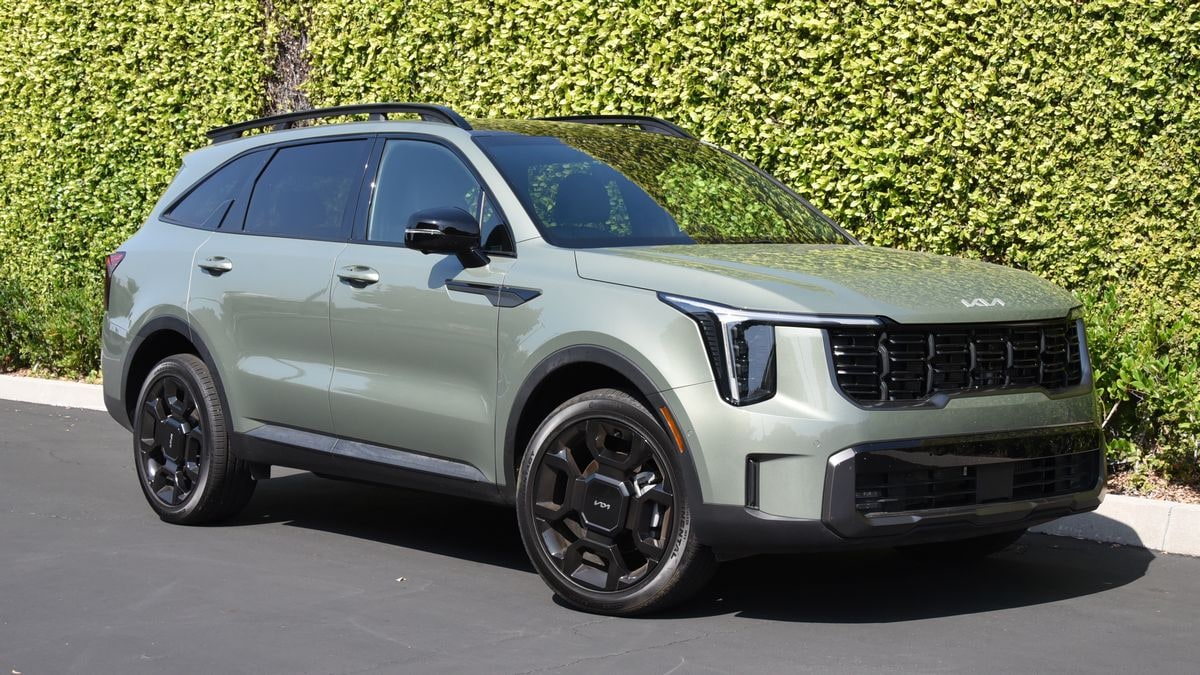The United States must massively improve the number of charging stations available to support the fleet of electric vehicles (EVs) Americans may own by 2030. But almost all of them will be in private homes.
A new report from the National Renewable Energy Laboratory, a federally-funded research lab, finds America may need as many as 28 million chargers by 2030.
But just 182,000 of them may be the fastest type.
America Trailing the World
The NREL finds that, globally, EVs “accounted for 14% of the light-duty market in 2022.” China, at 29%, and Europe, at 21%, led the world. In the U.S., sales have reached just 7-10% of the car market.
Related: Americans Bought Nearly 1.2 Million EVs Last Year
Federal policy “targets 50% of U.S. passenger car and light truck sales as zero-emission vehicles (ZEV) by 2030, and California has established requirements for 100% light-duty ZEV sales by 2035,” according to the NREL’s report. But Americans replace cars at a slow rate. So, even when more than 50% of new car sales are electric, most vehicles on the road will remain gas-powered.
The laboratory projects America will need a charging network to support about 33 million EVs by 2030. The best estimates put the number of EVs on U.S. roads right now at just under 3 million.
Types of EV Chargers
Engineers classify EV chargers into three levels.
Related: EV Chargers – Everything You Need to Know
Level 1 Chargers are essentially just power cords. Included with every EV purchase, a Level 1 charger plugs into a standard wall outlet. It can take more than 24 hours to recharge most EVs at Level 1.
Level 2 Chargers, also called destination chargers, require a 240-volt connection like many clothes dryers and electric stoves. EV owners often pay to have one installed in their homes, and many shopping centers in urban and suburban areas have begun installing them in parking lots. These chargers can recharge most EVs in six to eight hours.
Level 3 Chargers, also called DC fast chargers, are refrigerator-sized units often installed at highway rest stops and other areas where drivers may need to recharge quickly. They can charge many EV batteries to about 80% in under an hour. Many manufacturers recommend that drivers don’t charge to more than 80% unless they’re on a road trip. This charging strategy helps preserve battery life.
Almost All Charging Can Happen At Home, Work
Gas stations, the NREL notes, “typically require dedicated stops to public locations.” But EV charging can happen mostly at places you already park your car.
With that in mind, the agency estimates that 26.8 million of the needed 28 million chargers could be “privately accessible Level 1 and Level 2 charging ports located at single-family homes, multifamily properties, and workplaces.”
Related: How Much Does It Cost To Charge An Electric Car?
Most drivers could meet most of their driving needs by charging at home and work at Level 1 and 2 chargers. They would rarely need a stop to charge in public.
In addition, the agency suggests 1 million Level 2 chargers “in high-density neighborhoods, at office buildings, and at retail outlets.” Drivers could use those during around-town trips if they needed to top off.
A network of 182,000 Level 3 fast chargers “along highway corridors and in local communities” would support long-distance travel.
The agency says that charging networks might look different from one community to another. “For example, densely populated areas will require significant investments to support those without residential access and ride-hailing electrification, while more rural areas are expected to require fast charging along highways to support long-distance travel for those passing through.”
This Requires a Mental Shift
Americans are used to seeing gas stations all around them on their travels. Many of us take comfort from the notion that we can refill almost anywhere.
The NREL says that that won’t be true of a mature, nationwide charging network. The agency suggests we learn to think of the nationwide charging network as a tree.
The agency explains, “There are parts of the national charging network that are visible and those that are hidden. Public charging is the visible part of the network that can be seen along highways, at popular destinations, and through data accessible online. Private charging is the hidden part of the network tucked away in personal garages, at apartment complexes, and at certain types of workplaces. This private network is akin to the roots of a tree, as it is foundational to the rest of the system.”
The image brings new currency to the term “range anxiety.”
It would require drivers to shift their understanding of how they refill their car, letting go of any anxiety about seeing a lot of chargers around them.
Essentially, you refill a gas-powered car on the way to your destination. You refill an EV when you get there. That requires fewer chargers on the way.




